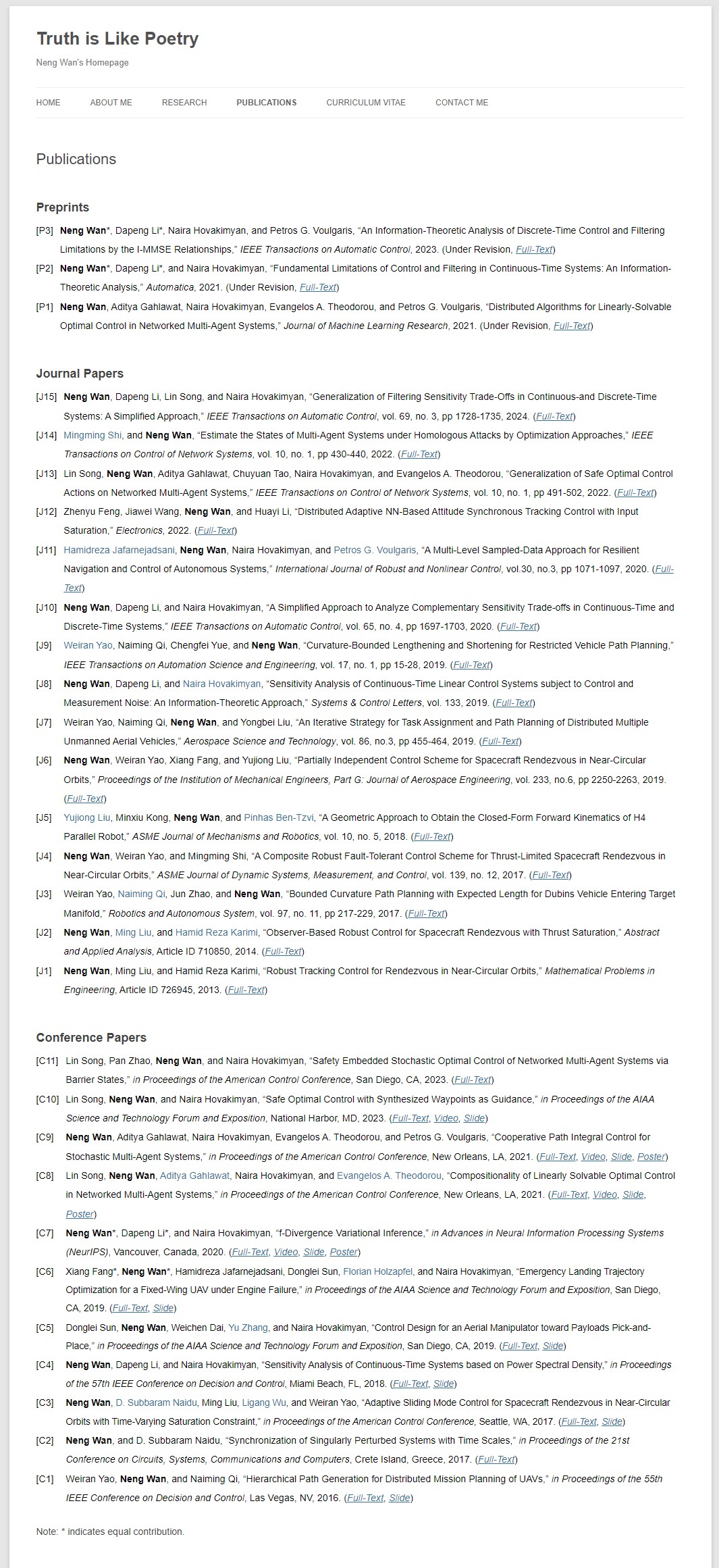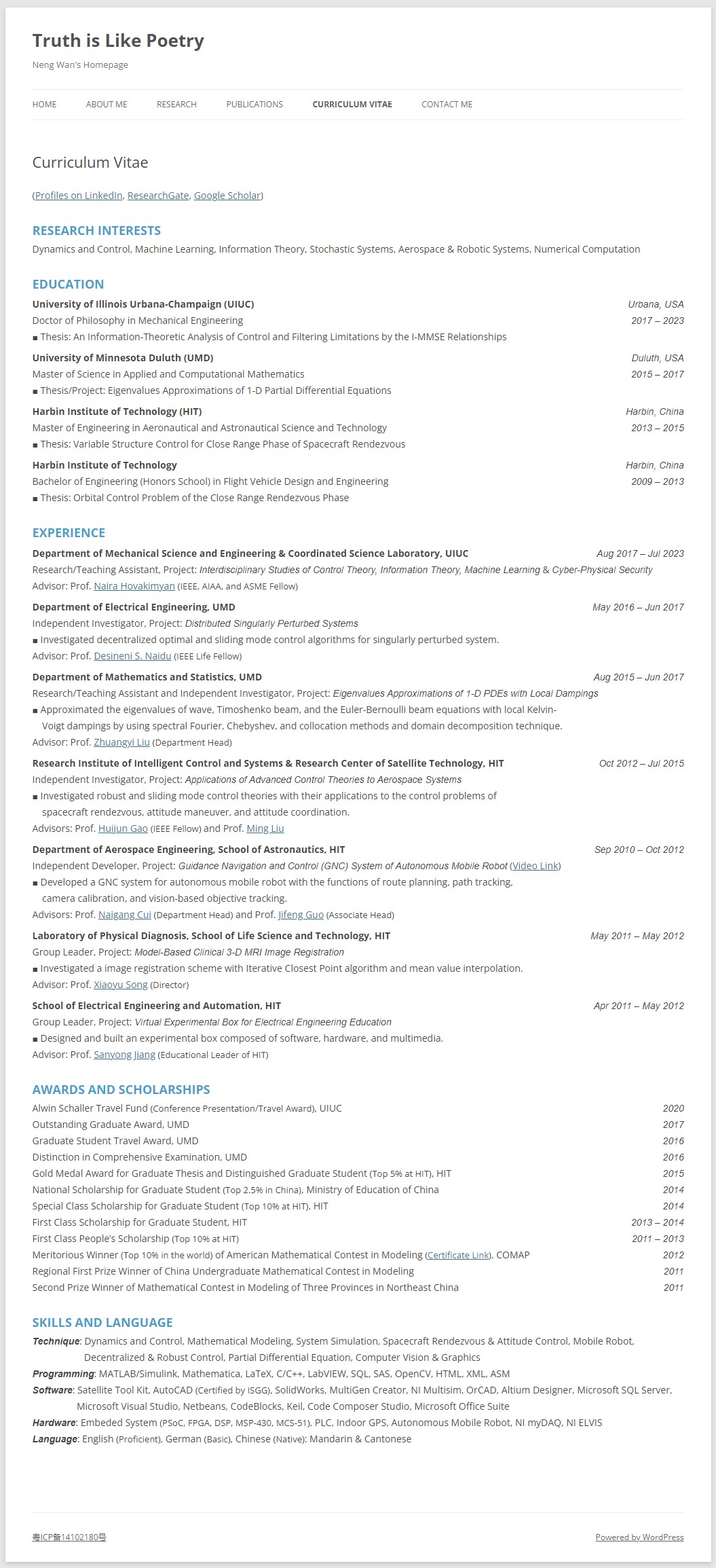Screenshot:

Archived URL:
https://web.archive.org/web/20240416151744/https://www.nengwan.me/about-me/
Screenshot:

Archived URL:
https://web.archive.org/web/20240416133802/https://www.nengwan.me/publications/
Screenshot:

Archived URL:
https://web.archive.org/web/20240304171818/https://www.nengwan.me/curriculum-vitae/
Screenshot:
Archived URL:
https://web.archive.org/web/20240304181548/https://www.nengwan.me/research/
Screenshot:
Archived URL:
https://web.archive.org/web/20240416162913/https://www.nengwan.me/contact-me/